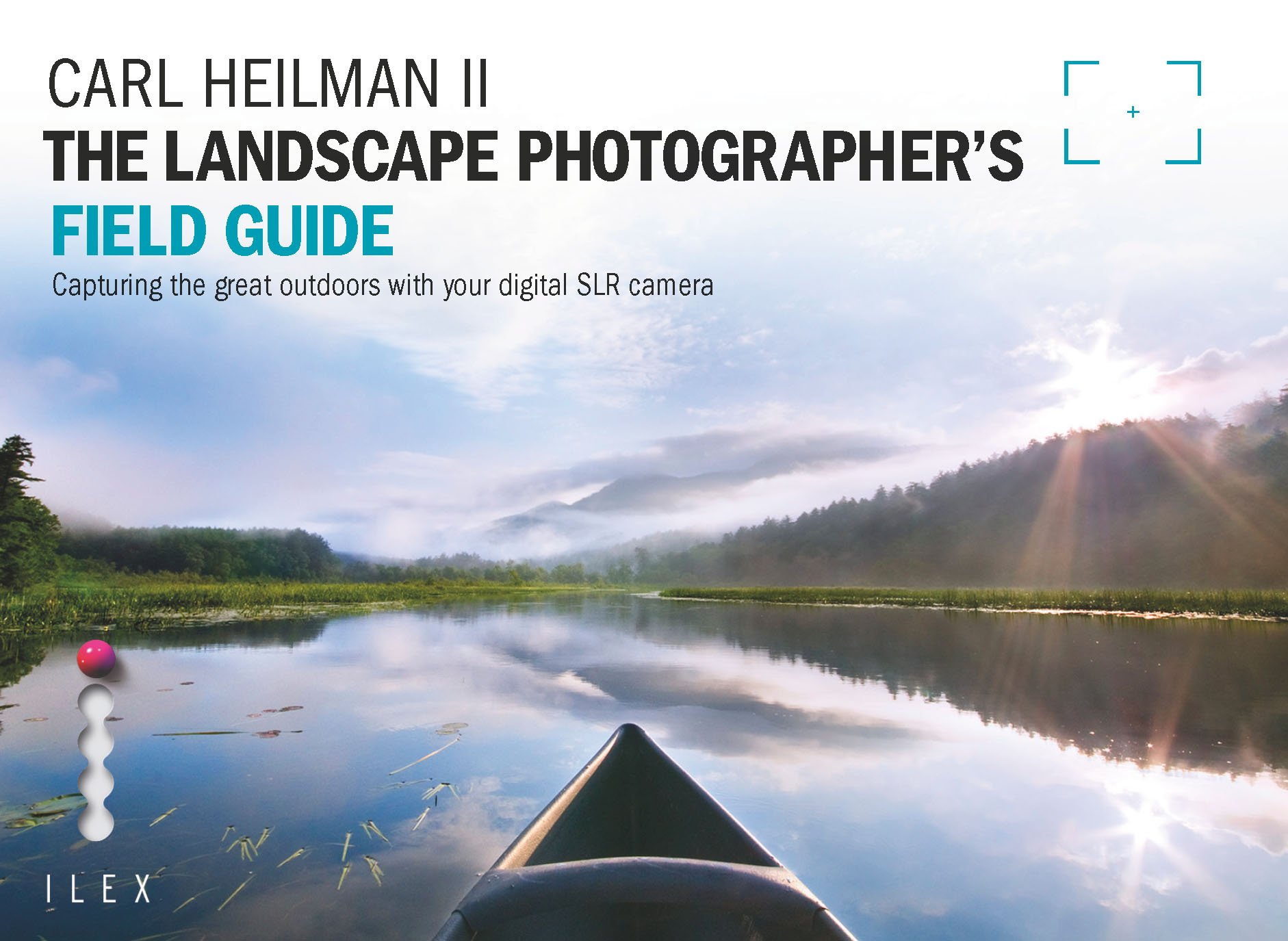
Over the past year, my own blog traffic has increased dramatically. My visitor numbers are actually up 600% over last year and my highest traffic day this month was twenty times higher than any other day during the past three years.
Although I’ve been working really hard lately at writing good content that I think you’re interested in reading and reaching out to other photographers on Twitter and Facebook, I can’t take all the credit for the increased success of this site.
I’ve been working with a very effective program called “31 Days to Build a Better Blog,” which is a downloadable ebook by blogging expert Darren Rowse.
This 188 page workbook lays out 31 detailed steps that you can do to improve your blog. Darren tells you why each step works and then he prompts you to do one of those things every day for an entire month.
In those 31 days, you’ll learn a variety of different posts types and styles, see techniques for coming up with effective new posts and regular content, how to build relationships and stay connected with your readers, and how to promote your blog with good SEO once you’ve ramped up your content.
By then, you will have started to transform your blog into a feature rich online publication that will get found and read by people on the web.
Just as the world as an unquenchable thirst for images, it also has an unending hunger for information, which is plainly evident by the sheer amount of written content on the web. In the end, people always want to read stuff. You’re reading this post, right?
As a photographer, your blog can actually be a good marketing tool. By putting your knowledge out there on a well written blog, you can drive more traffic to your website, and from there, it’s a simple numbers game. The more people visit your blog, the more likely they are to see your photos, and the more people who see, the more people will buy, or at least refer you to potential customers.
Of course, with so many ebooks out there, you have to be selective about which ones you buy, just like you are at the regular book store. That said, there are some ebooks that are definitely worth purchasing, and this one absolutely falls into that category.
I can attest with wholehearted endorsement that 31 Days to Build a Better Blog works. It definitely helped me make my blog better. 600% better. The ebook costs $29.95, which is a moderately small, yet worthwhile investment when you think about what you’re getting. That’s essentially a buck a day for one month. Check out the 31DBB website here.
If you’re serious about improving your blog and taking it to the next level, then 31 Days to Build a Better Blog will provide the road map and instruction. Download it today. I promise, if you have any writing skills at all and can follow directions, you’ll start seeing your own traffic climb almost immediately. It even comes with a 60 day guarantee and a track record of 19,000 other successful bloggers who have used it with great success.
Please note that this workbook is designed for those who already have a blog and/or are fairly knowledgable about blogging.
If you’re new to blogging, you might want to check out Darren’s Print book, ProBlogger. In some ways, it’s a companion to his 31DBBB program, but it also lays out how to design and start a blog from the ground up. It’s a great resource for those who want to learn about what it takes to build and run a successful blog.

















